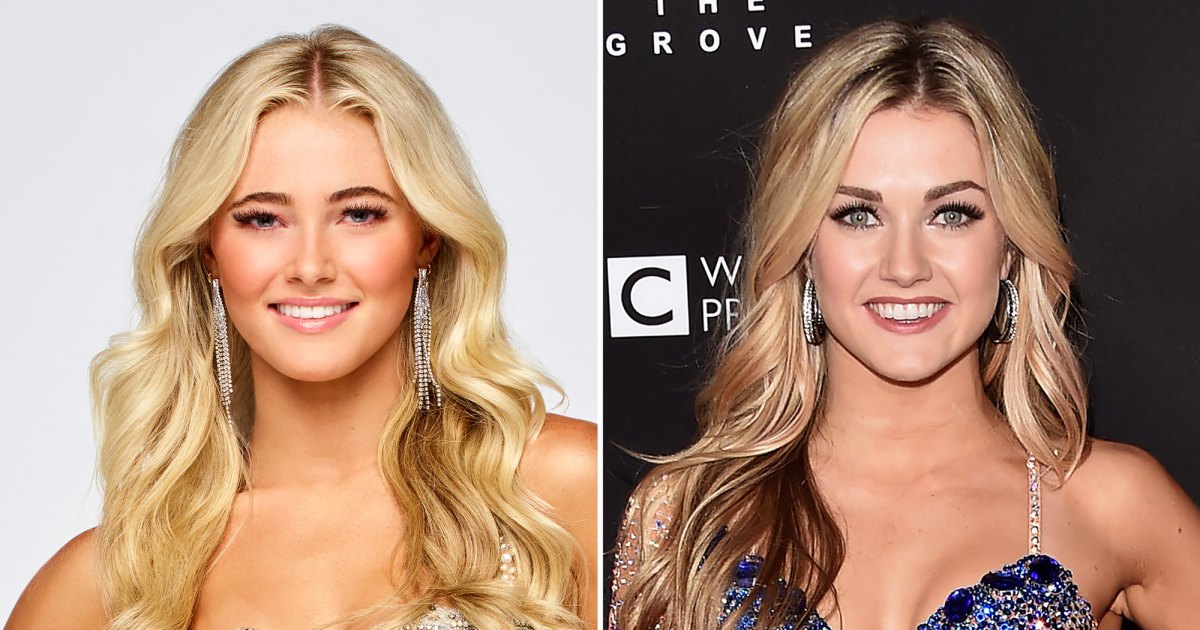Loving Vincent, the experimental animated feature about the life of Vincent van Gogh which landed an Oscar nomination in 2018, was a dazzling creative achievement that pushed new cinematic boundaries.
It was also intensely laborious to produce.
Shot with a live-action cast against a green screen, onto which Van Gogh’s paintings were later added, the film was cut together as normal, but after this each of its 65,000 frames were hand-painted in oil by a team of 125 artists around the world. In all, it took around a decade to complete, with Hugh Welchman — who co-directed alongside his wife DK Welchman — asserting at the time that they had, without a doubt, invented “the slowest form of filmmaking ever devised in 120 years.”
Having undertaken and completed such an intense operation — and even landed an Academy Award nomination for it — many might have considered toning things down for their follow-up. Not Welchman and DK, who chose to turn up the dial further for their (almost) all-painted follow-up The Peasants.
“Loving Vincent was nothing compared to The Peasants, which was a whole new level of slow and complexity,” says Hugh Welchman. While Loving Vincent involved four frames per painter per day, for The Peasants, it was “barely two frames,” with the level of difficulty seeing many of the artists used for Loving Vincent actually resigning. “So we had to get a whole new level of painting experts in to do this very dynamic, realist style, which is much more difficult to paint.”
Bowing as a special presentation in Toronto, The Peasants is adapted from Władysław Reymont’s Nobel Prize–winning novel of the same title, which DK says was “obligatory reading” in high school in her native Poland (where they both are based and have an animation studio). Broken up into four parts represent a season in the life of peasants in a Polish village in the early 20th century, the story sees a beautiful maiden who marries a widowed landowner while harbouring a burning love for his son.
Having not particularly enjoyed the novel as a teenager, DK returned to it while making Loving Vincent, listening to the audiobook while painting one of the frames. “And it touched me much more deeply — it’s literally like something painted with words, and thought it’d be the perfect opportunity for our painted animation style,” she says.
For Welchman, who DK urged to read The Peasants after her later-in-life rediscovery, he found it to be the “greatest book about peasants I’ve ever read,” and says he was excited that there’d been no contemporary adaptation. “Also, I read it in 2018 and realized the issues were the same we have today and we haven’t moved on from the time of The Peasants. And then the world went even (more) conflictual, and we’ve gone in a much more right-wing direction.”
The production, which started in 2020 (in 2019, they made the concept trailer), was itself severely impacted by contemporary concerns. Firstly, the live-action shoot had two shutdowns due to COVID, with some of the big battle scenes — with 60 performers and 12 horses — being pushed to 2021. Then, the painting process, which began in 2021, was hit by the war in Ukraine, where they happened to have one of their studios.
“When the war broke out, most of the female artists came over here to Poland to work in our studio as refugees. It was super smooth, and we managed to get them really quickly set up,” says Welchman. Most of the male painters, however, had to stay behind, with the Kyiv studio closing, then reopening in late 2022, a generator later being sent over to cope with blackouts. “So yeah, we had a lot of issues.”
In the end, although the initial plan was to have a quarter of The Peasants painted in Ukraine, only about 10 percent was done there, a major chunk of the art done by the refugees that had come over to Poland.
“And they were incredibly positive — everyone else had been moaning about hyperinflation, and then these guys turn up with their backpacks and were so happy to be there,” says Welchman.
“They also changed the dynamic of the studio in terms of the art and style, because their background in fine art is very traditional painting, and that was really something we needed,” says DK. “So they raised the level. And their work ethic was staggering.”
In all, 100 different oil painters in four different countries (Poland, Serbia, Ukraine and Lithuania) worked on the project, together with 78 people in the digital department.
Unlike Loving Vincent, in which every single frame was painted, they adopted what Welchman describes as “the original Disney style” and had digital artists draw the “in-between” frames. “If we’d done it the same way as Loving Vincent, we’d have been doing this until 2025,” he claims.
The actual number of oil paintings is roughly the same as Loving Vincent at 56,000, but with the digital element it brings the total number of drawn frames to an astonishing 72,000.
“And the average oil painted frame took four hours to do per painter,” Welchman notes. “But we had several painters who did shots that took more than six months … and then we had to pay for their therapy.”







